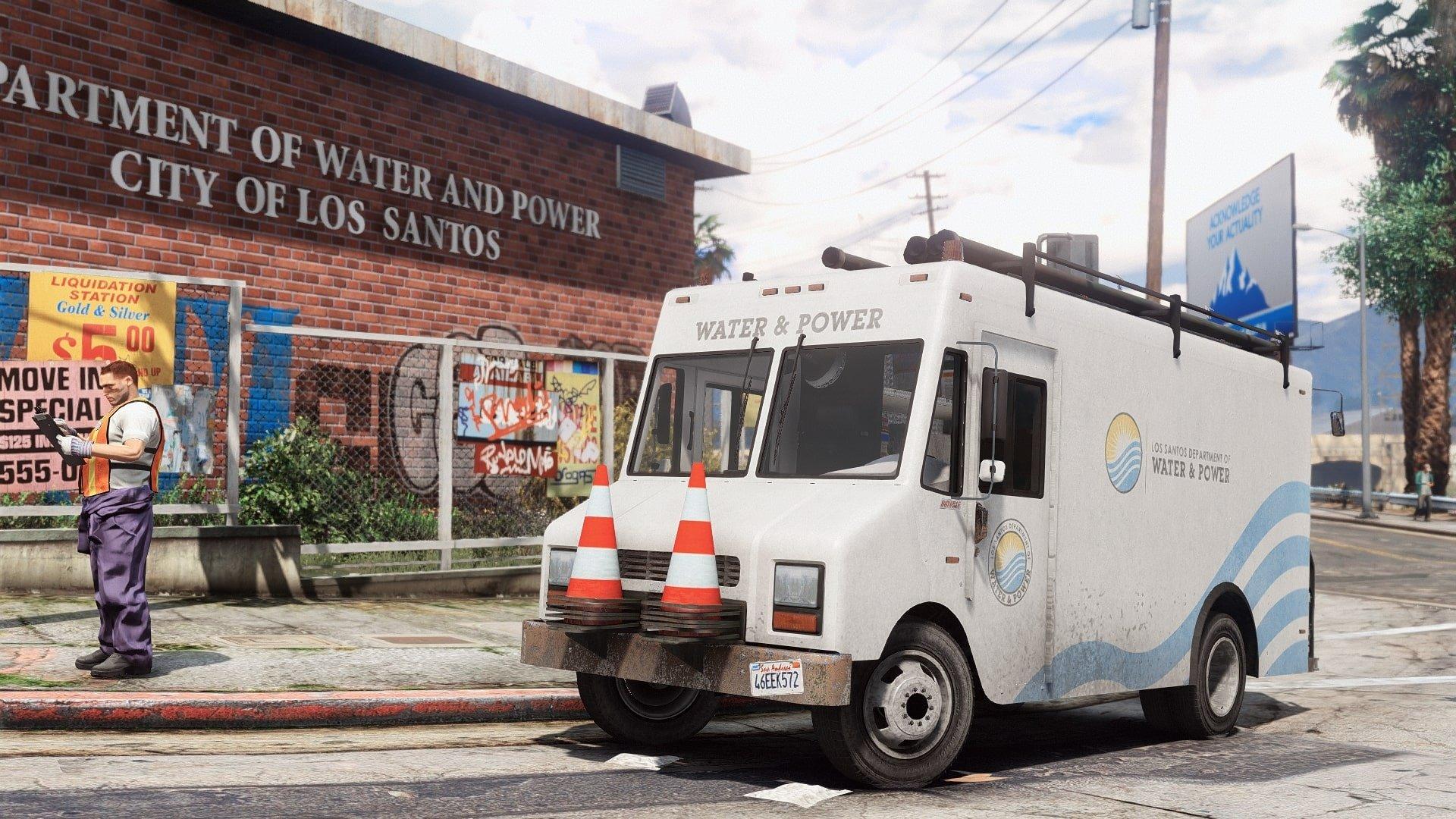

For vector sources, you must also specify a source layer for each style layer. Order of features inside layersįor each layer in your style, you must specify a source. You can increase the chances that a layer's labels will be visible by placing that layer further down in your style JSON. The last layer defined in the style JSON will be drawn last, on top of all other layers. This means that the first layer defined in the style JSON will be drawn first and will appear below all layers that follow.

Layers are specified in your style JSON and are drawn in order. Map styles contain a collection of style layers. There are several factors that contribute to draw order. When two labels collide, the draw order of features determines which label to display and which to hide. Some labels on your map may be more relevant to a wider audience or more important to a particular audience. View examples for web and mobile using variable label placement to improve label density:

The exact syntax used to implement variable label placement varies by platform. Specifying auto will automatically set the justification towards the anchor position. It can be set to one of auto, left, center, or right. Text-justify specifies the justification of the label. Positive values specify right and down, while negative values specify left and up. Text-radial-offset accepts a scalar value that represents the offset distance of text from its anchor and is applied to the text-variable-anchor. The order in which each label in a layer will go through this process is described in detail below in Label hierarchy. This exception makes map rendering more efficient, but can sometimes be surprising. If a user changes the map zoom after a label has been placed, the map renderer will try to place the label in its original position first before moving on to the rest of the positions specified in the text-variable-anchor array. If none of these anchor positions can be used, the map will not display the label. And finally, if the label could not fit on the map anchored at the top or bottom, it would try anchoring on the left side. Then, if there wasn't room for the label at that position, it would try to place the label anchored at the bottom. The map renderer tries to place the label at the positions in this list in the provided order of the array at collision detection time.įor example, in a layer with text-variable-anchor set to, the map renderer would first try to place each label anchored at the top. Text-variable-anchor accepts an array of text-anchor positions as the input value. If set to true, other symbols can be visible even if they collide with the text or icon.


 0 kommentar(er)
0 kommentar(er)
